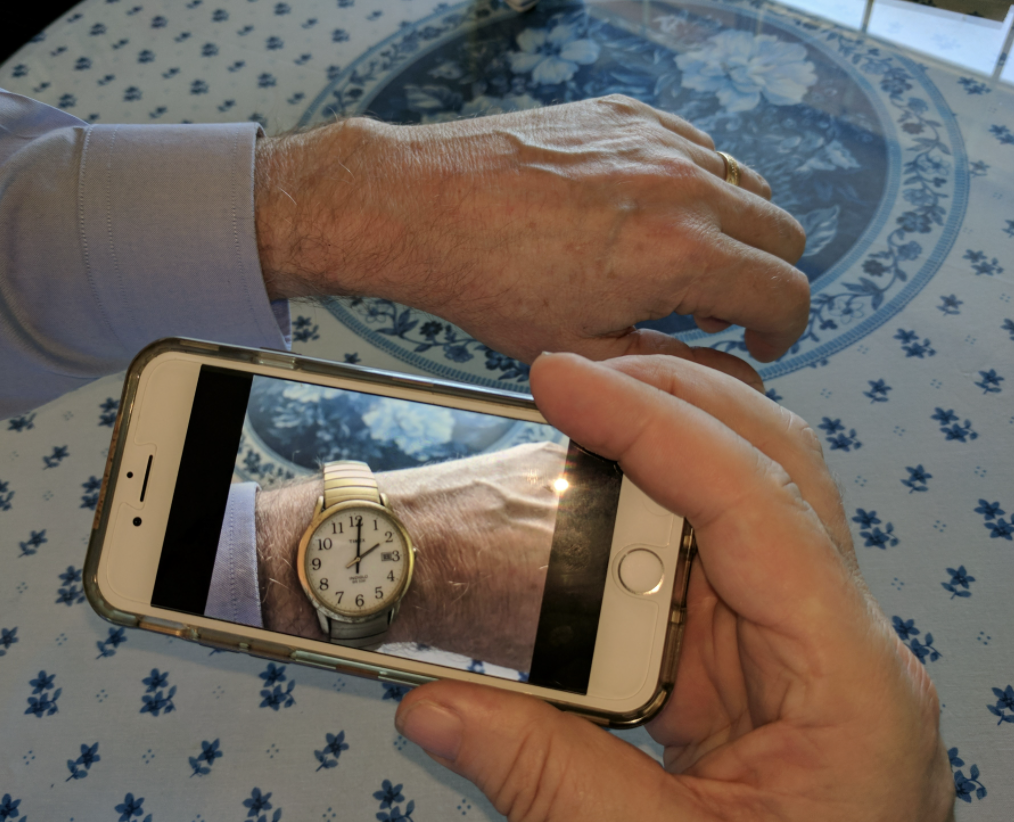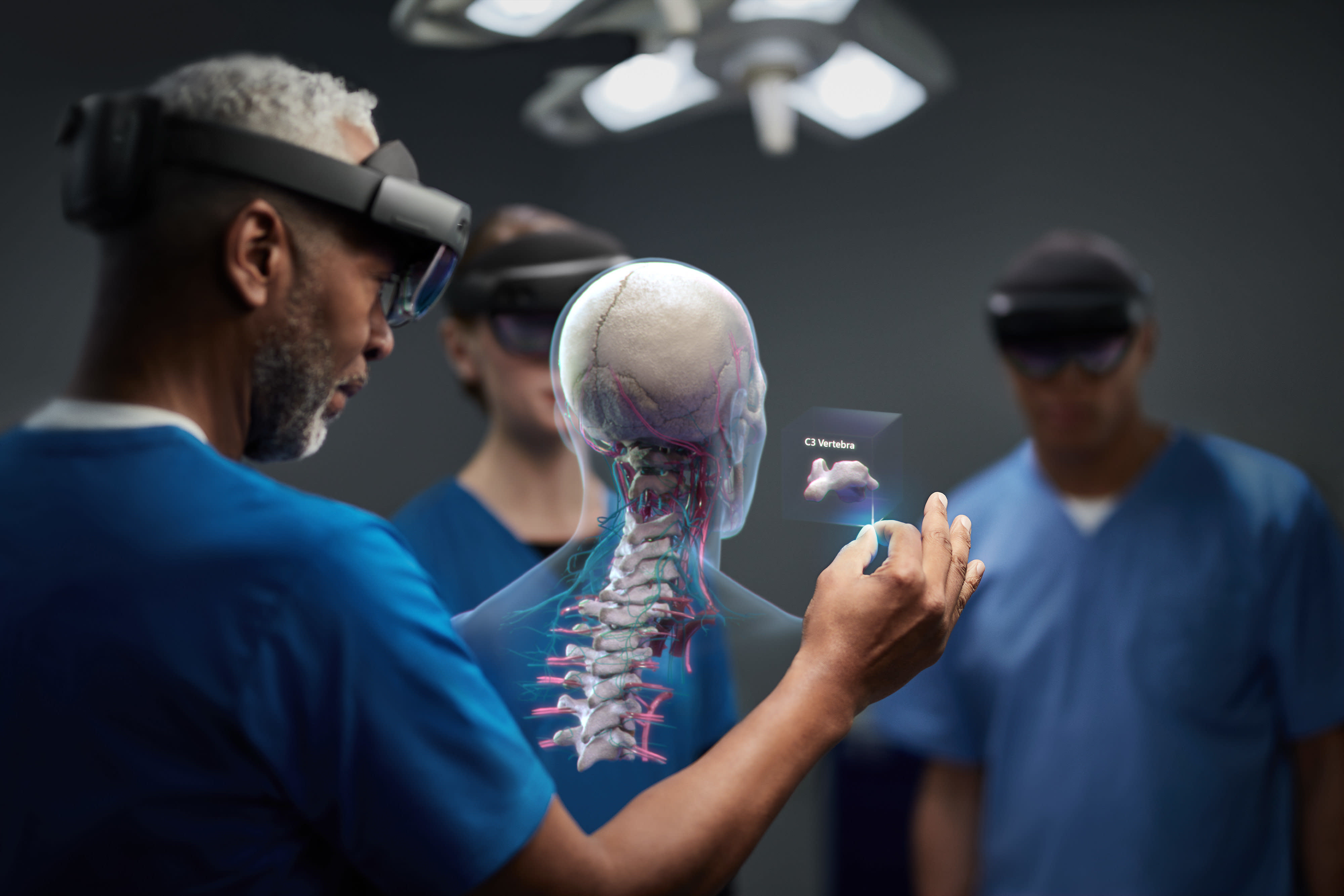
Augmented Reality Tomorrow
After an awesome meeting with Sophie Miller of Google last week, I decided to do some research on augmented reality. When she was asked about rival Meta’s plans for a virtual reality future with the “metaverse,” Sophie pretty much said (without directly saying it), that their approach was too forward, too aggressive. And many people feel the same way, that it was rushed. Facebook completely revamped their brand, changing their name to Meta and grabbing the term “metaverse,” to coin what essentially means “virtual world.” Sophie described the differences between AR and VR, and explained why Google’s approach to the realm of “alternate” realities has been focused more on AR.
Google creates technology that answers questions. The word “google” we now use as a verb, to refer to the act of searching something up on the internet. This speaks to:
1. Just how big Google has become, and
2. To their mission: to provide people with information using technology.
For that second reason, Sophie Miller and Google have devoted a lot of effort to developing AR. Google believes that we’re already in the tech driven world that Facebook has termed the metaverse, and their mission is to use such technology to improve our daily lives.
Many people think of Augmented Reality as a mere scavenger hunt (thanks to the Pokemon Go craze), with little application to life outside of mobile gaming. While they’re correct that augmented reality has been especially popular amongst app developers, its potential goes far beyond the gaming industry. Retail commerce, architecture, education, sports, and military training are some industries which have already begun to invest in augmented reality, just to name a few.
“Augmented” reality means a view of the real physical world in which some elements are enhanced by computer-generated inputs. Necessary components to AR include: a processor, a display, sensors, and input devices. Previously, the display has been our iphones: in addition to Pokemon Go, our phones use augmented reality in a variety of ways. For example, some companies have used Snapchat Filters to promote an upcoming comic book or movie release. Lego has used AR on their app, allowing users to view a complete version of the lego set when pointing the camera at the box. And at Google, Google Lens uses your device’s camera to allow users to translate text (of any language) in real time, to instantly find any product similar to the one in front of them online, or to identify live plants and animals. “Live View” in Google Maps provides directions in a simpler, more effective way than previously existed. Both of these technological improvements undoubtedly improve lives, and that’s the kind of potential many believe AR has.
While phones have been effective at displaying select things using augmented reality, many experts in the industry say a wider field of view is necessary for AR to reach its full potential: i.e. an optical lens in the form of contacts, goggles, or glasses.
Which brings me to my main focus: What does the future of AR look like?
The AR of tomorrow will require three main developments:
- A larger platform which hosts a wide variety of apps and services.
- A vast majority of users will need AR proficiency. (this one should be the easiest)
- Technology improvements
- The technology must become more precise in all kinds of environments (day/night, indoor/outdoor)
- The Wider F.O.V. display: the end goal for AR
These three major developments boil down to improving task efficiency and the quality of the experience for users. As I mentioned earlier, once AR can do this, ecommerce, architecture, education, and many many more industries will benefit.
For example, in Ecommerce: applications will allow users to seamlessly “clothe” themselves, enabling them to try on a pair of boots, glasses, jewelry, jackets, etc, before purchasing online. This will be massive for the retail industry as it will further expand the growing ecommerce sector, and essentially eliminate the need for something like a shopping mall.
Another industry where augmented reality could be super beneficial, and potentially even save lives, is healthcare. One example is the “Microsoft Hololens 2”, which can provide information to the surgeon while allowing them to use both of their hands during the procedure. Additionally, the pandemic brought a need for remote patient support. Solutions included telesurgery and mental health apps which help people to maintain psychological balance.

It seems as though if the correct developments in AR can be made, the possibilities are endless. However AR is a completely new topic for me, and I’m interested to hear all of your thoughts on the matter. What industries which I covered or didn’t cover do you think are most likely to implement AR features in the near future?
Sources:
https://online.maryville.edu/blog/the-multifaceted-future-of-augmented-reality/ https://www.interaction-design.org/literature/article/augmented-reality-the-past-the-present-and-the-future
https://lens.google/
https://mobidev.biz/blog/augmented-reality-trends-future-ar-technologies
This content was originally published here.


